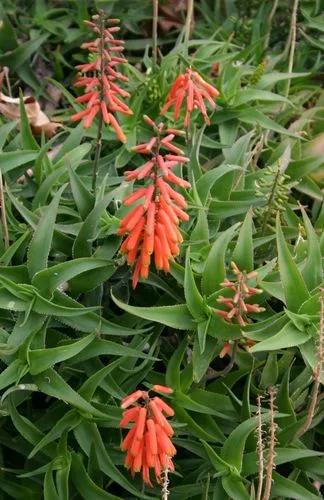Large tree with a rounded crown. The young shoot is reddish brown, the older twigs are grey. The older bark is rough and sheds in thin scales. The twigs smell unpleasant when bruised. It is the only species with more or less spiky fruit that is native to North America. The green leaf sometimes turns a beautiful orange in autumn. The flowers are pale yellow to yellow-green, and stand in poorly-flowering panicles. They are not very conspicuous. A typical characteristic is that the stamens extend outside the flowers. Because of the size and breadth of the crown, this tree is mainly suitable for parks.
Horse Chestnut Naked Care
Aesculus Glabra



Ohio buckeye, a medium-sized, canopy tree, 50-75 ft. tall, is often used as an ornamental because of its interesting fruit and bright orange fall foliage. Branches bend toward the ground then arch back up, creating a rounded outline. Dense, attractive, deciduous foliage is palmately compound and the showy, erect blossom clusters are held at the ends of the twigs. The tree’s fruit is a nut encased in a spiny, splitting husk. Twigs and leaves often have a slightly unpleasant odor when crushed.
The state tree of Ohio, the Buckeye State. Pioneers carried a buckeye seed in their pockets to ward off rheumatism. The seeds and young foliage are poisonous, and the toxic bark was formerly used medicinally. Sometimes planted as an ornamental for the showy autumn foliage. The wood is used for furniture, boxes, flooring, and musical instruments. Caution: All parts of this tree are poisonous if taken internally. Keep away from livestock; seeds and fruits are attractive to children and are dangerous.
How to Care for the Plant

Popularity

330 people already have this plant 67 people have added this plant to their wishlists
Discover more plants with the list below
Popular articles






